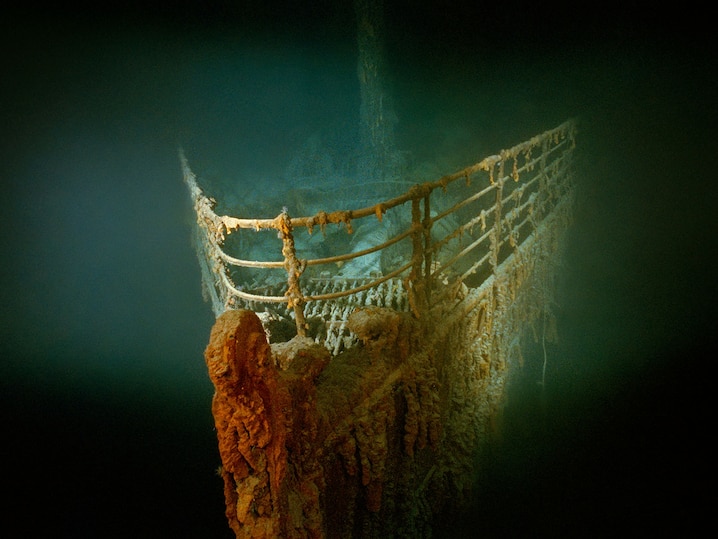Table of Contents
ToggleDiscovery of the 16th-Century Shipwreck in Stockholm’s Waters
In 2017, archaeologists from Sweden’s National Maritime Museum uncovered an exceptionally well-preserved 16th-century merchant shipwreck in the Stockholm archipelago, submerged at a depth of 28 meters. This ship, likely of Swedish origin, serves as a time capsule into Scandinavia’s historical trade practices. One of the ship’s most intriguing features is its cargo of Osmond iron—refined iron exported to European regions like Germany and the Netherlands. This precious cargo, along with its unique naval architecture, makes the wreck a valuable historical artifact, shedding light on Scandinavia’s role in early metal trade across Europe.

Unique Cargo: Osmond Iron and Its Significance
Rare Discovery of Osmond Iron
The ship carried approximately thirty barrels of Osmond iron, a type of high-quality metal refined into small, durable spheres. Produced primarily in Scandinavia, Osmond iron was highly prized for its purity and consistency, often exported to fuel the growing industries in European cities. Only two other wrecks have been discovered with Osmond iron cargo in the Baltic Sea, making this find particularly notable. This rare discovery allows researchers to understand not only the nature of Scandinavian exports but also the complex trade routes that linked the region to the wider European continent.
Insights into Scandinavian Metal Production and Trade
The presence of Osmond iron highlights Sweden’s significance in metal production during the 16th century. Sweden’s iron industry, along with similar exports from Finland, played a vital role in supplying quality materials to Europe, supporting the development of weapons, tools, and industrial equipment. This shipwreck provides insight into the demand for Scandinavian iron and shows the sophistication of early metal production and transport.
Ship Design: A Blend of Medieval and Renaissance Techniques
Naval Architecture of the Period
Measuring about 20 meters in length and 7.5 meters in width, the ship features elements of both medieval and early Renaissance naval architecture. This hybrid design, showcasing techniques from two different eras, reflects a transitional period in maritime construction. Found with its mast intact and upright, the ship offers an unaltered view of Scandinavian shipbuilding in the 1500s, allowing historians to analyze both the structure and craftsmanship with an exceptional level of detail.
Preservation Conditions in the Baltic Sea
The Baltic Sea’s low salinity, frigid temperatures, and reduced light at deeper levels create ideal preservation conditions for wood, making the region a sanctuary for shipwrecks. Unlike many saltier seas that corrode wood over time, the Baltic environment has protected this wreck’s hull and superstructure from deterioration. This exceptional preservation offers an unparalleled glimpse into the physical characteristics and design of Scandinavian ships from over five centuries ago.

Life on Board: Artifacts and Daily Life of 16th-Century Sailors
Artifacts Preserved in Time
Beyond iron, the wreck contained pottery, tools, and other artifacts used by the crew, offering a lens into the daily lives of the sailors who navigated these routes. These objects not only provide practical details about the crew’s existence but also reveal cultural aspects, showing how Scandinavian mariners lived and worked. The items found speak to the lifestyle, diet, and even social structure among sailors during that period, making this a culturally significant find in addition to its historical value.
A Glimpse into the Maritime Culture of the 1500s
The range of artifacts paints a vivid picture of maritime culture in the 1500s, a time of flourishing trade in Northern Europe. The ship’s materials show how Scandinavian sailors were interconnected with broader cultural currents, engaging in commerce that brought them in contact with German and Dutch markets. This connection was essential for trade expansion, as it facilitated both economic growth and cultural exchange between regions.
The Impact of Looting on Archaeological Discoveries
Looters Discover and Pillage the Site
Despite efforts to keep the shipwreck’s location secret, looters eventually located the site and raided it, taking valuable artifacts that had been hidden in Baltic waters for centuries. Pottery, tools, and other important items were stolen, erasing pieces of history and reducing the archaeological potential of the site. Jim Hansson, an archaeologist leading the excavation, expressed deep regret, comparing it to “tearing pages from a book,” as valuable insights into the ship’s story were forever lost.
The Ongoing Challenge of Preserving Underwater Cultural Heritage
This tragic incident underscores the urgent need to protect underwater cultural sites from looting. Advanced surveillance techniques and stricter regulations are increasingly being implemented by Nordic countries to safeguard these invaluable historical sites. Efforts to monitor shipwreck locations, combined with educational initiatives to raise awareness of cultural preservation, are seen as essential steps toward protecting these historical treasures for future generations.
Conclusion: Preserving the Legacy of Scandinavian Maritime Heritage
The 16th-century shipwreck discovered in Stockholm’s archipelago is more than just a submerged vessel; it is a testament to the rich maritime heritage of Scandinavia and the trade networks that shaped European history. While the Baltic Sea has preserved the physical remains of this ship remarkably well, the looting of its artifacts has diminished its historical value. Protecting underwater cultural sites is crucial for ensuring that future generations can continue to learn from and appreciate these unique connections to the past. The story of this ship, despite the losses, remains a powerful reminder of the complexities of Scandinavian trade and the timeless importance of cultural preservation.
